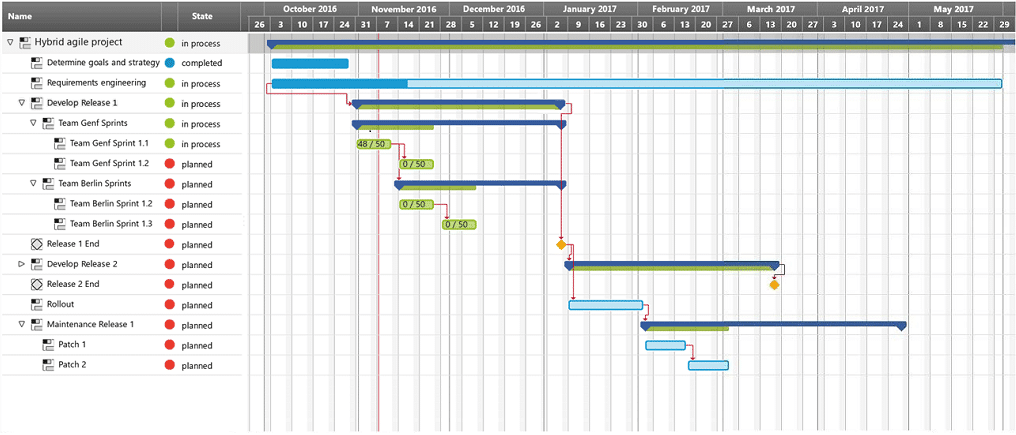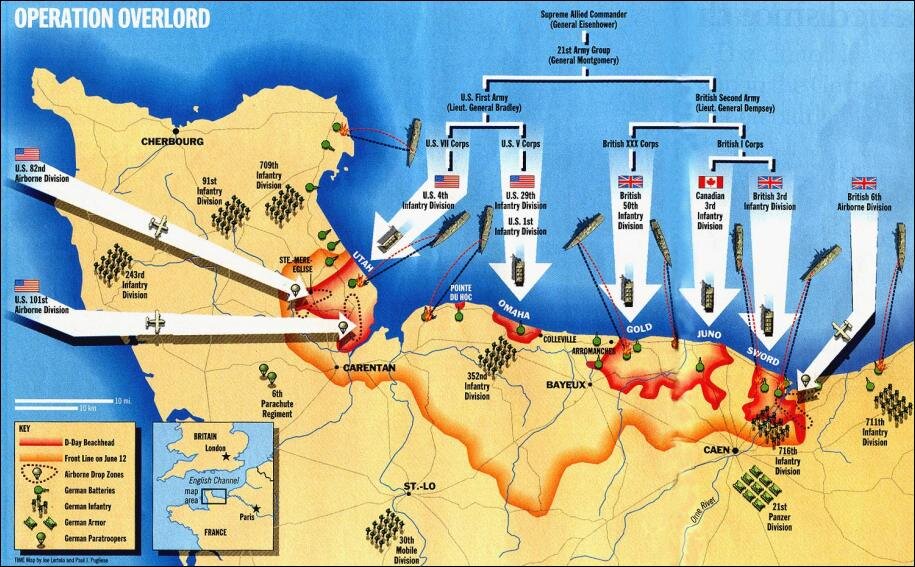“Failing to plan, is planning to fail.”
“Life moves pretty fast. If you don’t stop and look around once in a while, you could miss it.” That line from the 1986 cult classic film, Ferris Bueller’s Day Off, comes to mind because, life does move fast! Really fast!!! Each day brings it’s own set of responsibilities, challenges, surprises, and more. For most of us, if not all, by the time we lay our head down on the pillow, we have accomplished many things in our day. And there are plenty more things we have left undone. We just don’t have enough time. Or is it our approach? Likely some of the pains we feel are a combination of the two. So with a finite amount of time and nearly endless list of to do's, what is the way to go about it?
Some people grow wary of planning because it feels rigid, slow, and bureaucratic, a 2018 article by Alessandro Di Fiore states. He goes on to report, “a 2016 Harvard Business Review Analytics survey of 385 managers revealed that most executives were frustrated with planning because they believed that speed was important and that plans frequently changed anyway. Why engage in a slow, painful planning exercise when you’re not even going to follow the plan?” Thus to them remaining agile is paramount. In today’s culture one might use the words agile and free (or freedom) interchangeably. For Di Fiore, planning doesn’t have to be the enemy of being agile.
Manoj Basnyat served at the United Nations for almost 3 decades in various capacities related to planning and development for over 24 countries. He too saw planning as an asset. He believed that companies who’s leadership has a clear understanding of the different types of plans can expect to create both a successful and sustainable business. In his 2019 article Basnyat, takes an intriguing look at planning breaking it down into four types:
1) Operational Plan
Operational planning can be ongoing or single-use. The latter is usually created for a specific event that will only occur once, such as a unique marketing campaign. Ongoing plans can include rules and regulations, procedures, and the day to day running of the company.
2) Strategic Plan
Strategic planning is the foundation of an organization. Essentially, strategic plans dictate the important decisions made within a business. Strategic plans can have scopes that range from three years to ten years. These plans include the organization’s mission, values, and vision. A good strategic plan always considers things in the long-term and remembers the big picture.
3) Tactical Plan
Tactical planning is supportive of the strategic plan. It involves the tactics that will be used to execute the strategic plan. Within a tactical plan, there are specific questions that need to be answered about what it will take to accomplish the goals set in the strategic plan; the most important question being how the company will accomplish the mission. This type of planning is very focused and short-term. Tactical plans are sometimes flexible and often break the strategy down into several parts and assign actionable tasks to each part.
4) Contingency plan
Contingency planning is important for any business because there is always the possibility of unforeseen changes. A contingency plan is created for when the unexpected occurs or a major change needs to be made in order to continue towards the goal. Not every change can be anticipated which is why it’s imperative to have a contingency plan in place. Every business leader should understand the importance of having a contingency plan.
The challenge for many individuals comes when they don’t want to and/or choose not to plan ahead. By deciding to “wing it”, they may be left to deal with the stress and consequences they bring on themselves, as well as others. Lets think back to Ferris Bueller’s Day Off. Ferris’ intentions were, dare I say, understandable and even well intentioned. To let loose and enjoy life! To show his ‘tightly wound’ friend a fun time! The price paid was a pretty hefty one when you think of that classic car wrecked at the bottom of the hill.
“A lack of planning on your part does not necessitate an emergency on mine.”
Relying on agility means that you are asking everyone else around you to be agile at all times as well. And that can often be a recipe for disaster in personal relationships and business. As we said earlier, surprises and the unexpected are simply unavoidable.
Being able to call audibles at the line of scrimmage is a huge benefit and asset as was discussed in the contingency planning section above. That said, being agile and planning are not mutually exclusive. They compliment one another. Whether the focal point is yourself individually or for your organization, business, family, team, ministry or other, planning is a critical part of creating a winning result.
So practically speaking, how do you put all this into action? Simply put, it takes time. It’s carving out some of that precious time to document strategic, tactical, operational, and contingency plans. Not relying on, we’ll figure it out when we get there. Define it, then act. Answering the following questions, and more, moves us along the planning continuum. What is the mission? What are our values? Aligned with mission and values, what are the goals we are trying to achieve? What is our prioritization of those goals? What is needed to achieve each goal? What things could pose a threat to achieving our goals? What is our broader vision?
Nothing can replace the time that planning requires. There is no magic wand or trick to be learned here. It is good old fashion hard work.
Planning followed by action will ultimately help us get closer to our desired results. Closer to where we want to be. Closer to who we want to be.
“An hour of planning can save you 10 hours of doing.”
“Plans are nothing; planning is everything.”
“Planning without action is futile; action without planning is fatal. ”
“The time to repair the roof is when the sun is shining.”









